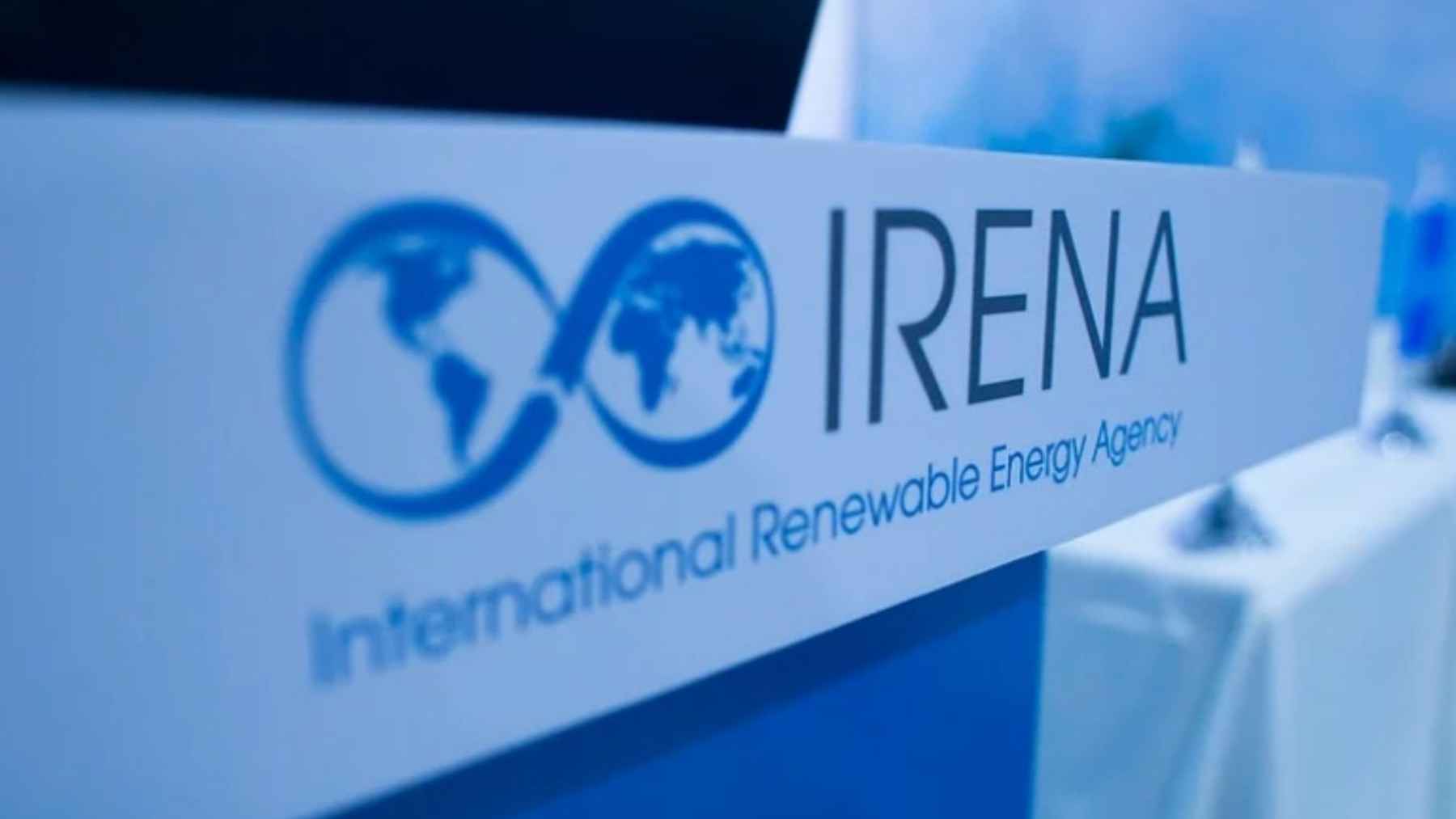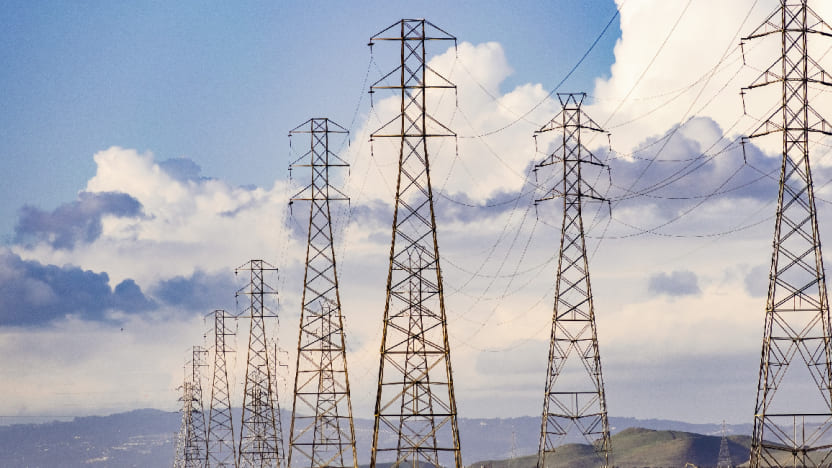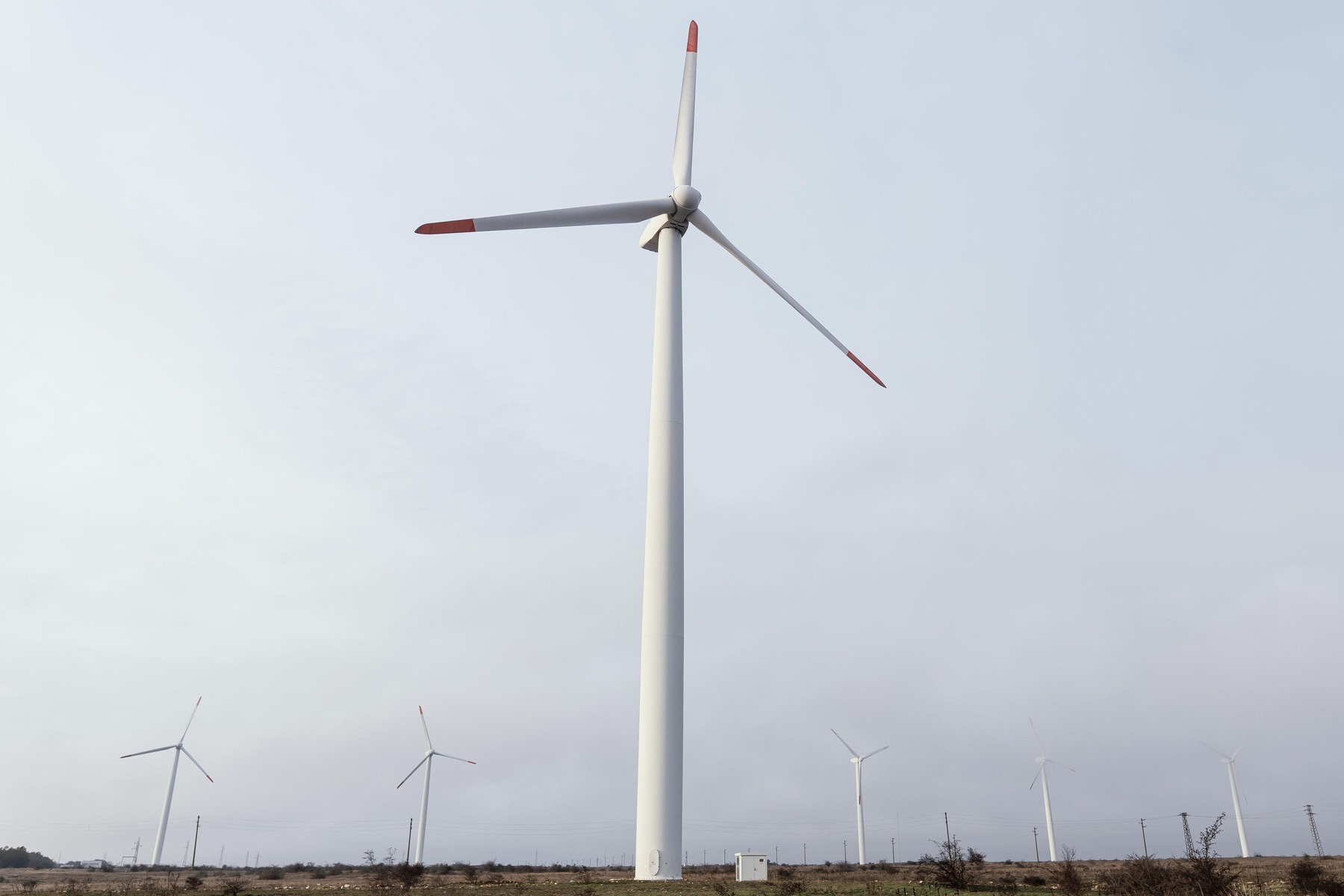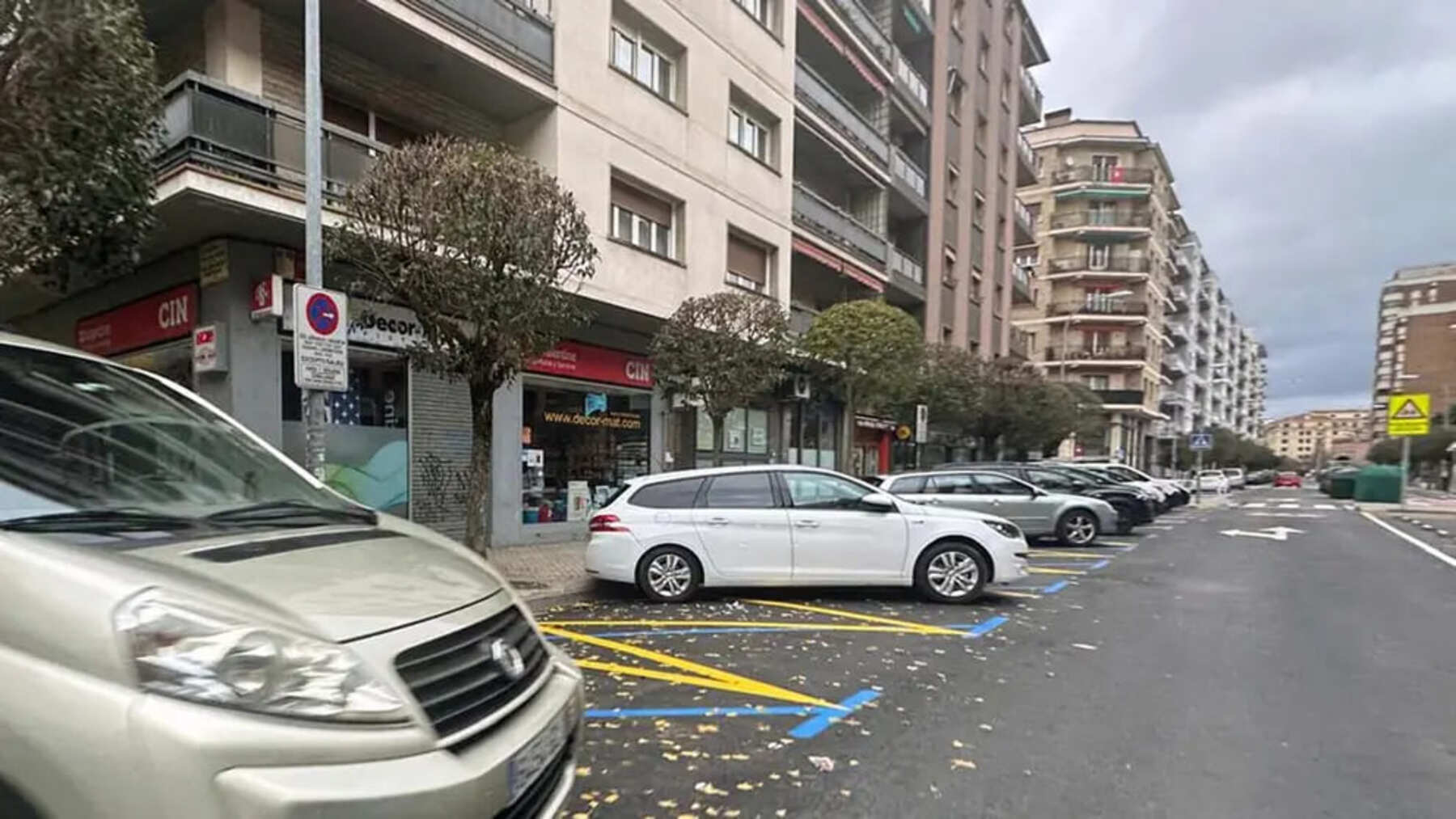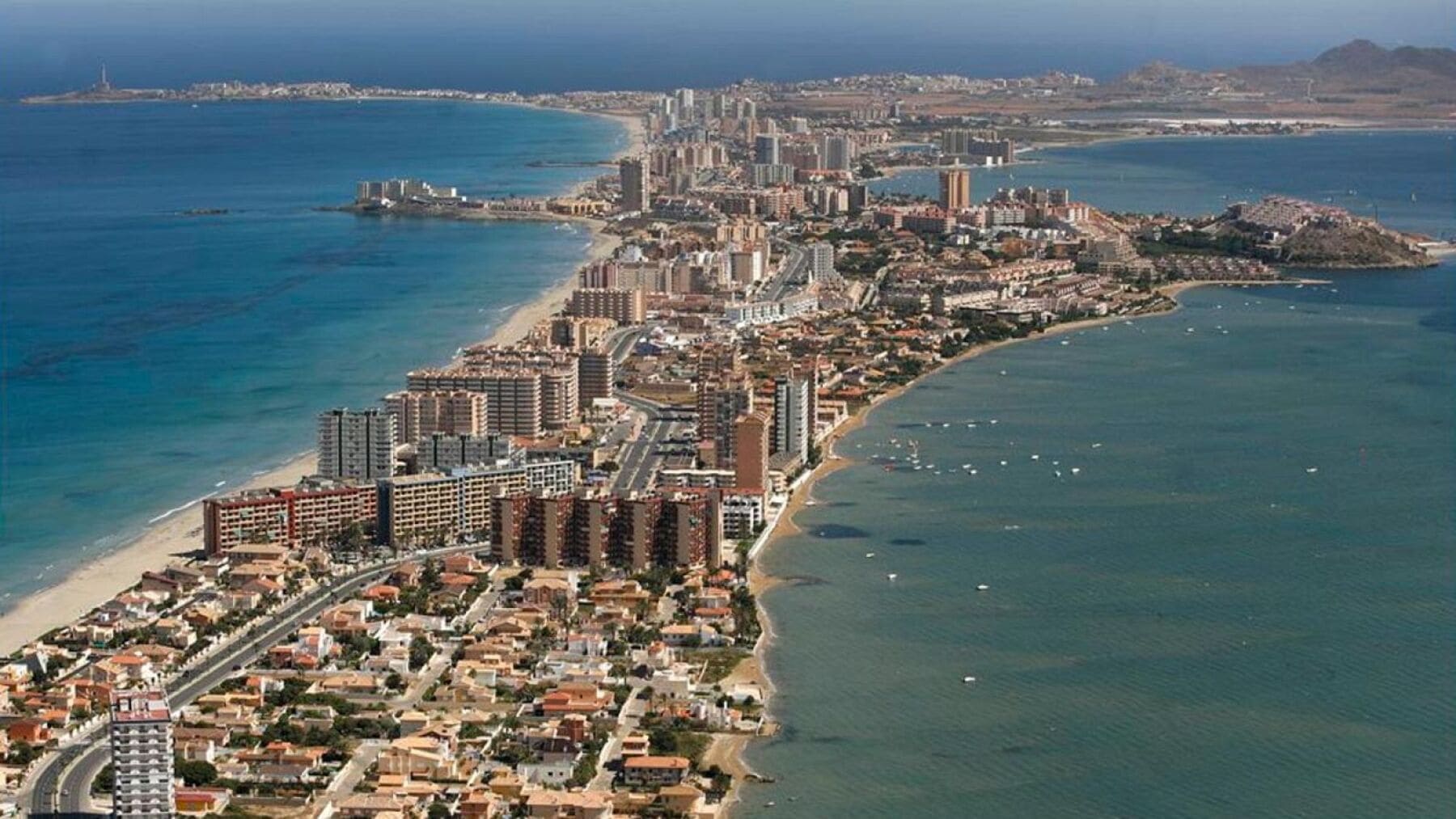Governor Chris Christie has released the final version of New Jerseys energy master plan with changes aimed at improving its flourishing solar market but skipping some concerns previously highlighted by environmentalist.
The final version of the plan published yesterday sticks to the broad goals of the draft energy plan proposed by Mr. Christie in June, which has pro`voked plenty of debate over the decision to cut back on the state’s Renewable Energy Portfolio Standard or R.P.S.
The Republican governor’s plan, which still requires Legislative approval, has reduced the minimum amount of renewable energy New Jersey should use by 2021 to 22.5 percent. That is down from the 30 percent target set by his Democratic predecessor former Governor Jon Corzine.
It also mandates a 17 percent reduction in energy use by 2021.
Last May, Mr. Christie also announced that New Jersey will no longer participate in the Northeast’s 10-state cap-and-trade program, which he said was a failure at cutting pollution and a burden to taxpayers.
Jeff Tittel, director of New Jersey Sierra Club, said Mr. Christie «is being fossil foolish», in reaction to his draft last June.
«This E.M.P. directly undercuts our efforts at developing clean energy in New Jersey,» said Mr. Tittel.
«The clean energy goals we are currently meeting are being rolled back. The E.M.P. is EMP-TY and this plan undercuts our efforts,» he added.
Changes
New Jersey’s R.P.S. establishes different requirements for different types of renewable energy and has now shown greater emphasis in supporting solar power – and partly offshore wind power – as evident in the 2011 Energy Master Plan.
For instance, the energy plan calls for increasing how much of the state’s electricity under the R.P.S. must come from solar energy effective for up to three years. This is to address an oversupply of solar renewable energy certificates.
S.R.E.C.s is proof that 1000 kilowatt hours of electricity is produced by a certified solar project – a certificate which can be sold to utilities that need to comply with portion accounted by solar power in state RPS. The proceeds of the sale is the primary means of financing solar installations in the state.
If the S.R.E.C. generated meets or exceeds the requirement for 2013, equal to 596 gigawatt hours, the R.P.S. for solar shall automatically increase by 20 percent every year, according to the plan.
At the same time, the new plan also recommends the compliance payment power suppliers must pay if there are not enough S.R.E.C,’s to buy, called Solar Alternative Compliance Payment or S.A.C.P.
With an oversupply of the certificates that is expected to be addressed by the short-term solar R.P.S. increased, and reduction of the compliance payments, ratepayers who ultimately bear the cost of paying off both could enjoy lower electricity bills as the solar market stabilizes, according to the plan.
Additionally, the final version of the energy plan recommends changing the solar target from a fixed amount to a percentage of total energy consumed to promote the development of other renewable sources. Previously, 2.12 percent of the overall R.P.S. of 22.5 percent as mandated to come from solar power by 2021.
Offshore wind, defined as a wind turbine located in the Atlantic Ocean and connected to the New Jersey electric transmission system also occupies a special place within the overall RP and is planned to operate like the solar R.P.S. However, a time line has not been established for the offshore wind carve-out.
The governor endorsed financial subsidies to support an initial target of at least 1.1 gigawatts’ worth of offshore wind farms off New Jersey’s coast.
As of the second quarter 2011 there have been no offshore wind plants constructed in the United States, nor have there been any offshore wind project that has completed project financing.
Lowering the cost of electric bills for residents and businesses remains an overarching theme of the master plan, which Gov. Christie asked the New Jersey Board of Public Utilities to revise earlier this year «in light of economic conditions.»
As of May, New Jersey’s retail electric rates remain among the most expensive in the nation. Residential and industrial rates in the state are the sixth most expensive, while commercial rates are the seventh most expensive, according to the plan.
It proposes to meet renewable energy targets in various way, but an increased focus to develop solar projects and support business as evident in the plan shows New Jersey’s commitment to be the country’s next top solar market.
Ranking only second in the nation to California, New Jersey’s solar industry has grown substantially, with about 11,000 solar photovoltaic projects totaling 490 MW statewide.




